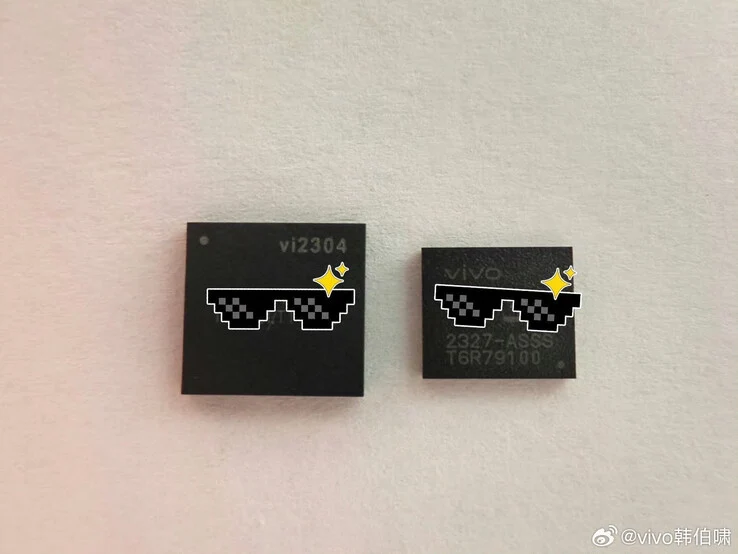Key Takeaways
1. Vivo uses its own Vivo V3+ chip for image signal processing in its flagship models, unlike many Android manufacturers that rely on ISPs from Mediatek and Qualcomm.
2. The Vivo V3+ chip enhances the ISPs found in competing chipsets, potentially improving photo and video quality in Vivo devices.
3. Vivo will introduce a new chip called the VS1 with the X200 Ultra, designed to work alongside the V3+ for better image processing.
4. The VS1 chip will act as a ‘pre-ISP’, processing data before it reaches the V3+, aiming to enhance algorithmic photography, especially in portrait modes.
5. The X200 Ultra is expected to be launched next month, alongside the X200s, featuring these new processing innovations.
Vivo has always chosen its own way in image signal processing. To give some background, many Android manufacturers rely on image signal processors (ISP) integrated into chipsets from Mediatek and Qualcomm. A good example is the Galaxy S25 Ultra, which currently costs $1,084.99 on Amazon, featuring a triple 18-bit ISP in the Snapdragon 8 Elite.
Unique Approach to Processing
In contrast, Vivo uses the Vivo V3+ chip in its X100 Ultra and X200 Pro models, enhancing the ISPs found in the Dimensity 9400 and Snapdragon 8 Elite, respectively. Theoretically, this approach should allow Vivo’s flagship devices to deliver better photo and video quality compared to competitors, although actual results may differ in practice.
New Innovations for X200 Ultra
Han Bo Xiao, Vivo’s product manager, has recently shared that the company will take a fresh approach with the X200 Ultra, set to be launched next month. Historically, it seemed like Vivo was going to showcase the Vivo V4 with this device. Instead, they have opted to enhance the Vivo V3+ with a new chip called the VS1, which is intended to handle various tasks.
According to Han Bo Xiao, the V3+ will still manage photo and video post-processing. On the other hand, the VS1 will act as a sort of ‘pre-ISP’, processing data before it is sent to the V3+. Built using 6 nm technology, these two chips are expected to work together to enhance the quality of images that depend heavily on algorithmic photography, particularly in portrait modes. Currently, the X200 Ultra is anticipated to launch alongside the X200s at a joint event.
Source:
Link



Leave a Reply